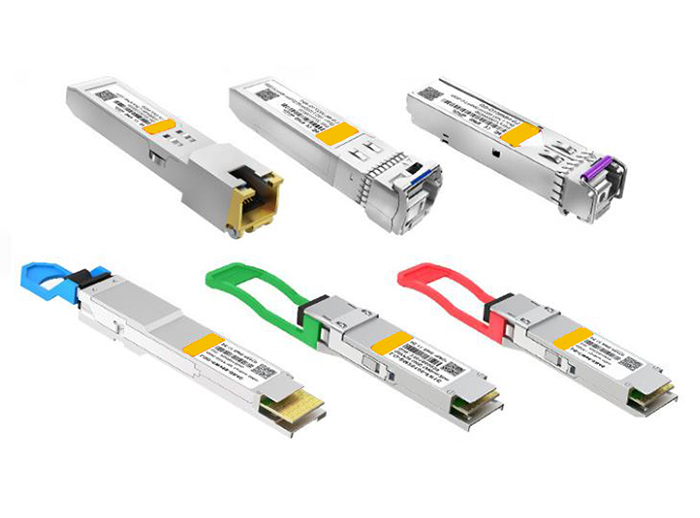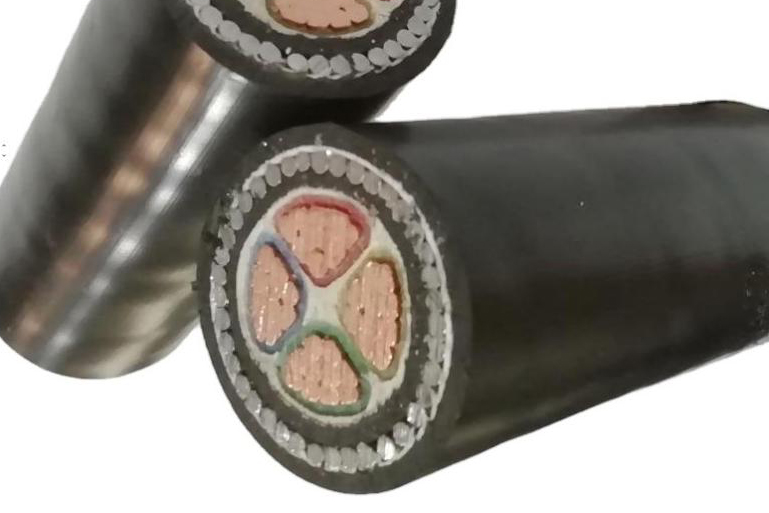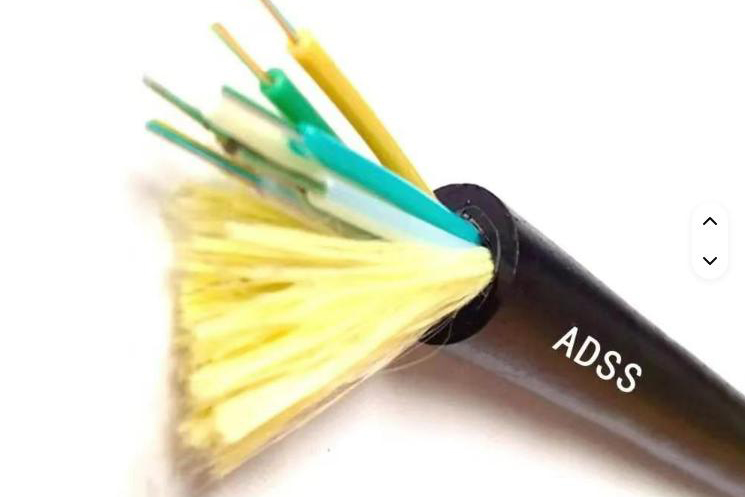
Guide to Various Fiber Optic Enclosure Types for Reliable Networks
Introduction
Fiber optic networks are the backbone of our modern communications. The small fiber optic cables need careful protection. Fiber enclosures keep these cables safe and tidy. Different settings call for different enclosure types. Whether you are setting up a network in a quiet suburban neighborhood or a busy city center, the right enclosure is essential.
Pole-Mounted Fiber Optic Enclosure
When we talk about pole-mounted fiber optic enclosures, we refer to solutions used in open-air installations. In many rural areas or on the outskirts of towns, fiber cables run along utility poles. These enclosures are fixed directly onto the poles. Their design is light yet sturdy. They must stand up to wind, rain, snow, and sometimes even harsh sunlight.
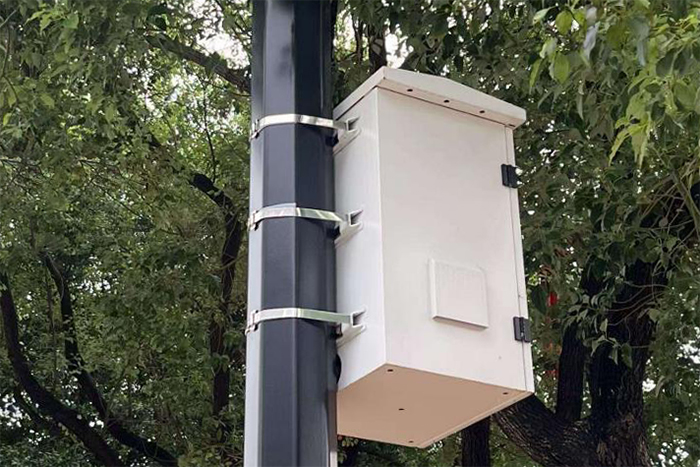
A common feature in these enclosures is a sloped roof. The slope helps water slide off, which prevents any buildup that might harm the cables. In many small communities, cables are extended to homes using these aerial systems. The pole-mounted enclosure acts as the meeting point for cables. It allows technicians to manage the drop cables that connect individual buildings to the main network. For example, in a quiet village, you might see metal boxes clinging to wooden poles, each box ensuring that signals reach a local home without interruption. These simple boxes simplify repairs and upgrades. They keep the fragile fibers safe from environmental wear and tear.
Aerial-Mounted Fiber Optic Enclosure
Aerial-mounted enclosures are similar to the pole-mounted kind but serve a slightly different purpose. You will often find them in networks where multiple cables meet. They are positioned where one main cable splits into several lines. In busy suburban areas even small towns, aerial enclosures are a common sight.
These enclosures are robust, yet they are made to handle a bit more complexity. They not only protect the connecting fibers but also help in managing several cable routes at once. Imagine a junction box on a tall pole where one cable branches out to several homes or businesses. The design supports easy access for maintenance and repair work. They are built of materials that resist corrosion and can absorb energy from sudden winds and temperature variations. Their clear design means that a technician can quickly spot any issues without a deep dive into the box. This simple approach saves time during repairs and protects the network from unnecessary downtime.
Underground Fiber Optic Enclosure
Moving from the open air to below ground, underground fiber optic enclosures serve a different function. These enclosures are essential in urban centers and large campuses where the cables run below the surface. The underground environment is challenging because of moisture, soil pressure, and salt from de-icing chemicals in winter.
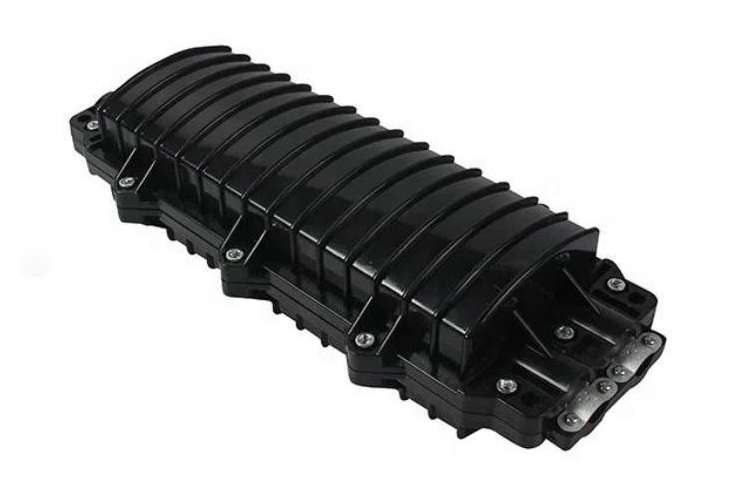
Underground enclosures are built to be waterproof. They often feature multiple entry points for various cables. This design helps keep the cables organized and makes future maintenance easier. A sealed lid is a common trait. The lid prevents water from seeping in, especially during heavy rain or flooding. In one common example, a municipal network running under a city street uses these junction boxes. At intersections or near utility access points, the underground enclosure ensures that the fiber connections remain dry and secure. This prevents service interruptions during storms.
For long roadways and highways, these enclosures provide reliable protection against natural elements. Their construction is rugged. They are made from materials that resist both corrosion and physical impact. In essence, underground enclosures are the quiet workhorses that keep our networks running smoothly, even when nature turns harsh.
Conclusion
Selecting the proper fiber optic enclosure is key for a reliable network. The different types of enclosures—whether pole-mounted, aerial-mounted, or underground—offer solutions for many scenarios. Pole-mounted enclosures are ideal for rural or suburban installations with low wind and weather challenges. Aerial-mounted enclosures serve busy areas where multiple cable connections need protection. Underground enclosures are perfect for urban networks where the cables must be shielded from water and soil wear.
In practical terms, each type caters to a specific need. When installing these systems, it is important to match the enclosure type with the surrounding environment. Our experience shows that a well-chosen enclosure reduces maintenance times and minimizes service interruptions. It also makes network expansion a smoother process.
For anyone setting up or upgrading their fiber optic systems, taking the time to pick the proper enclosure pays off in the long run. A secure installation not only protects valuable infrastructure but also helps deliver a consistent communication service.
For quality materials and reliable products, please consider Stanford Optics as your trusted supplier. Their commitment to durability and thoughtful design makes them a top choice for fiber optic enclosures.

